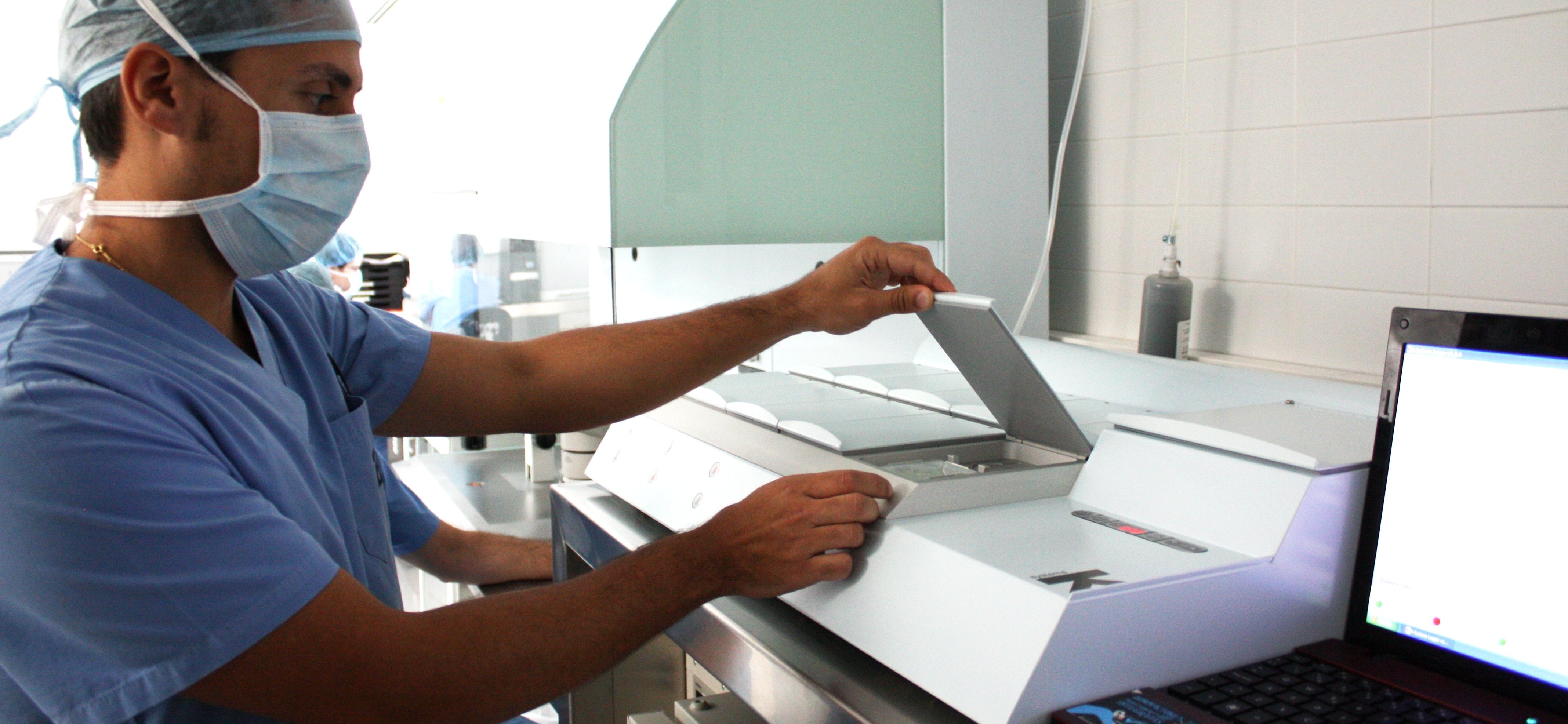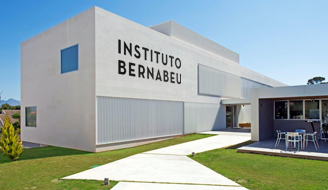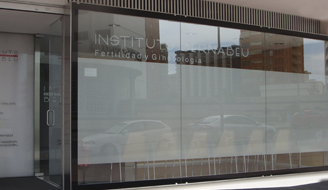Evaluation of embryo quality when replacing the conventional embryo culture with another with low oxygen concentrations (similar to the physiological conditions of the maternal womb). Research presented at the ASEBIR conference
One of the 9 projects we presented, in collaboration with the University of Alicante Biotechnology Department Reproductive Medicine Chair, at the Spanish Association of Reproductive Biology Conference which concludes today in Seville, is this prospective study in which we compare two embryo culture systems. One was with decreased oxygen pressure, which mimics the conditions given in utero, and the other at environmental pressure or standard culture. We conducted the research on couples that went through assisted reproduction treatments with either their own or donated eggs. We found an improvement in embryo quality and success rates with embryos from cycles using their own eggs. This fact backs up the hypothesis that an oxygen concentration similar to the uterine physiology is more suitable for embryo culture. However, against all expectations, in the treatment of donor egg recipients, no differences were observed between the different culture systems. The difference of 10 years between the average age of donors (25.4±3.9) and the patients with their own eggs (35.2±3.6) leads us to speculate that the embryos from young women with proven fertility do not benefit from a culture with low oxygen pressure presumably due to their high egg quality. However, this hypothesis needs to continue developing in order to verify these results.
EFFECT OF EMBRYO CULTURE AT DIFFERENT OXYGEN CONCENTRATIONS ON EMBRYO QUALITY AND CLINICAL RESULTS. J. Ten, F. Juanals, J. Guerrero, I. Ochando, A. Rodríguez-Arnedo, J. de Juan, R. Bernabeu.
See the “research and development” section









